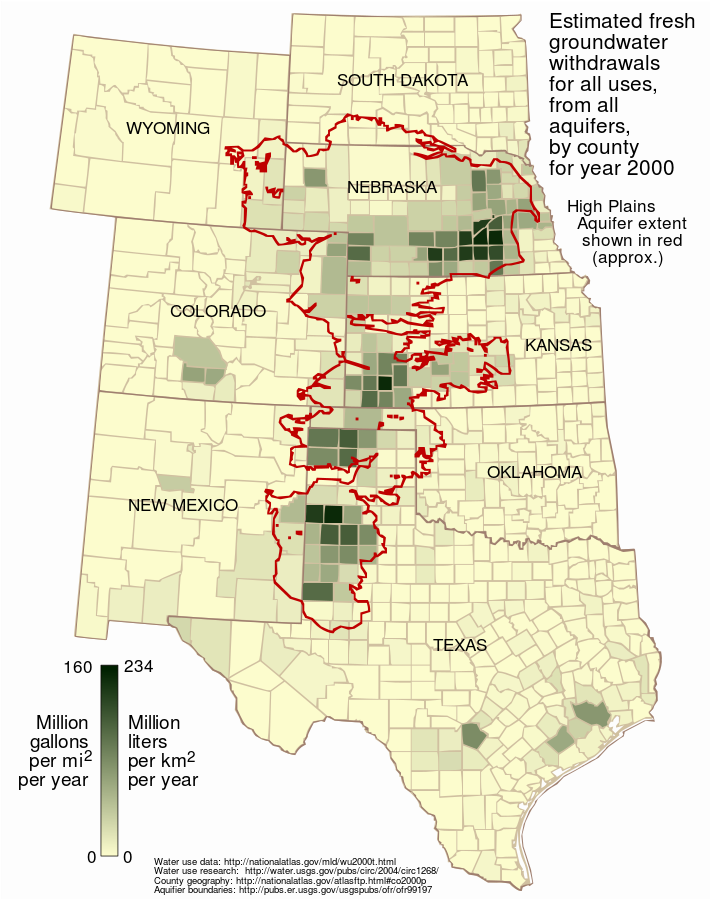
Globally, 785 million people lack even a basic drinking-water service¹. That’s over twice the population of the United States! Drinking contaminated water can transmit diseases and back in 2017 nearly 1.6 million people died from diarrheal diseases².
https://water.org/our-impact/water-crisis/
Since women suffer the most from dirty water, they ought to be the ones bringing solutions. Women entrepreneurs and water, it works!
Between two and three billion people worldwide experience water shortages. These shortages will worsen in the coming decades, especially in cities, if international cooperation in this area is not boosted, warn UNESCO and UN-Water in the latest edition of the UN World Water Development Report.
https://www.worldvision.org/clean-water-news-stories/global-water-crisis-facts
https://www.statista.com/chart/26140/water-stress-projections-global/
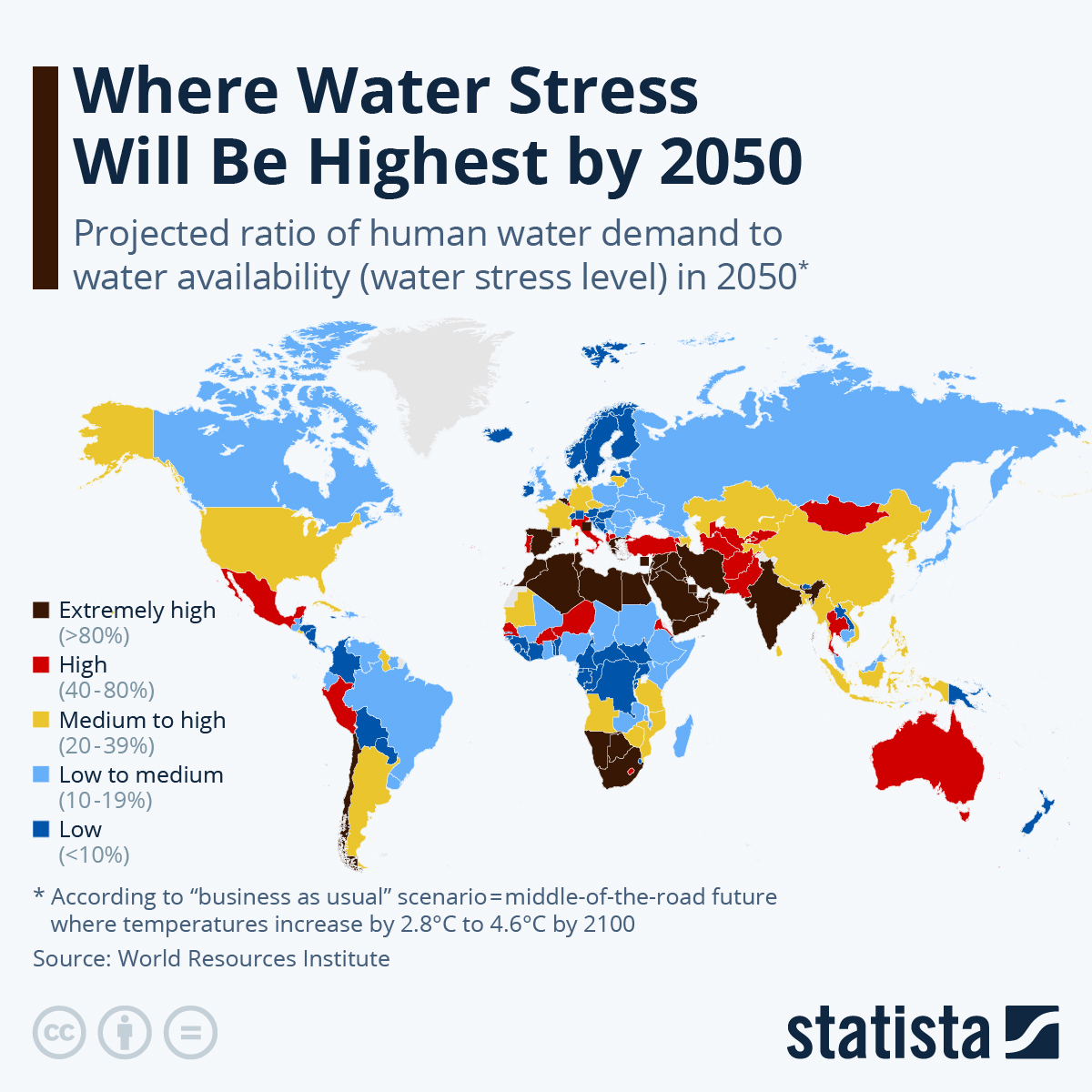
metmike: I'm showing this map for 2 reasons.
1. These are the global areas at highest risk for water stress.
2. The "business as usual' of +2.8 C to 4.6C by 2100 is a fairy tale. The rate of warming is +1.4 Deg C/century. There is nothing legit in science which suggests a massive temperature acceleration in the next 66 years! Just the opposite! That is junk science and politics.
3. But this is my personal dilemma. Every entity that shares my passion for activism in environmentalism and helping the worlds less fortunate, exploits the fake climate crisis for their agenda. This is because people will believe in things that are advantageous for their causes.
This leaves me exposing entities like the United Nations about their junk science, fake climate crisis (and global socialism)on one hand.........while joining them on their profoundly wonderful humanitarian efforts on the other hand.
This is similar to the rest of our politics.
Democrats mostly line up with the same agenda. All Ds are supposed to fall in line. Same thing with the Rs.
++++++++++++++++++
The Sustainable Development Goals (SDGs) are a set of 17 global goals adopted by the United Nations in 2015 to end poverty, protect the planet and ensure peace and prosperity for all by the year 2030. The SDGs are a universal call to action to end poverty, protect the planet, and ensure that all people enjoy peace and prosperity. The SDGs are interdependent and aim to build a better and more sustainable future for all.The 17 goals are:
1. No Poverty: End poverty in all its forms everywhere.
2. Zero Hunger: End hunger, achieve food security and improved nutrition and promote sustainable agriculture.
3. Good Health and Well-being: Ensure healthy lives and promote well-being for all at all ages.
4. Quality Education: Ensure inclusive and equitable quality education and promote lifelong learning opportunities for all.
5. Gender Equality: Achieve gender equality and empower all women and girls.
6. Clean Water and Sanitation: Ensure availability and sustainable management of water and sanitation for all.
7. Affordable and Clean Energy: Ensure access to affordable, reliable, sustainable and modern energy for all.
8. Decent Work and Economic Growth: Promote sustained, inclusive and sustainable economic growth, full and productive employment and decent work for all.
9. Industry, Innovation and Infrastructure: Build resilient infrastructure, promote inclusive and sustainable industrialization and foster innovation.
10. Reduced Inequalities: Reduce income inequality within and among countries.
11. Sustainable Cities and Communities: Make cities and human settlements inclusive, safe, resilient and sustainable.
12. Responsible Consumption and Production: Ensure sustainable consumption and production patterns.
13. Climate Action: Take urgent action to combat climate change and its impacts.
14. Life Below Water: Conserve and sustainably use the oceans, seas and marine resources for sustainable development.
15. Life On Land: Protect, restore and promote sustainable use of terrestrial ecosystems, sustainably manage forests, combat desertification, and halt and reverse land degradation and halt biodiversity loss.
16. Peace, Justice and Strong Institutions: Promote peaceful and inclusive societies for sustainable development, provide access to justice for all and build effective, accountable and inclusive institutions at all levels.
17. Partnerships for the Goals: Strengthen the means of implementation and revitalize the global partnership for sustainable development.
++++++++++++++++++
Who could possibly disagree with and want to oppose any of these altruistic objectives?
Me! When it comes to this fraudulent one and only because I'm an atmospheric scientist standing up for authentic science.
++++++++++++++++=
The TRUTH:
Death by GREENING!
40 responses |
Started by metmike - May 11, 2021, 2:31 p.m.
Previous threads:
The REAL crisis-draining groundwater
6 responses |
Started by metmike - Nov. 2, 2023, 4:31 p.m.
https://www.marketforum.com/forum/topic/102853/
Previous discussion here:
Therealenvironmental crisis's/insects dying-dead zones-aquifers drying up-plastics in the ocean-landfills/trash-over consumption of natural resources-REAL pollution in the air/soil/water-WIND TURBINES (metmike is a PRACTICING environmentalist): April 2019
https://cid-inc.com/blog/irrigating-with-saline-or-seawater/
The FAO estimates that by 2050, the world will need to produce sixty percent more food to feed growing human populations. There will need to be a rise of fifty percent in irrigated cultivation which would require nineteen percent more global water for irrigation. However, there is only enough fresh water for a ten percent rise in irrigation; Figure 1 shows the areas most affected by water scarcity.
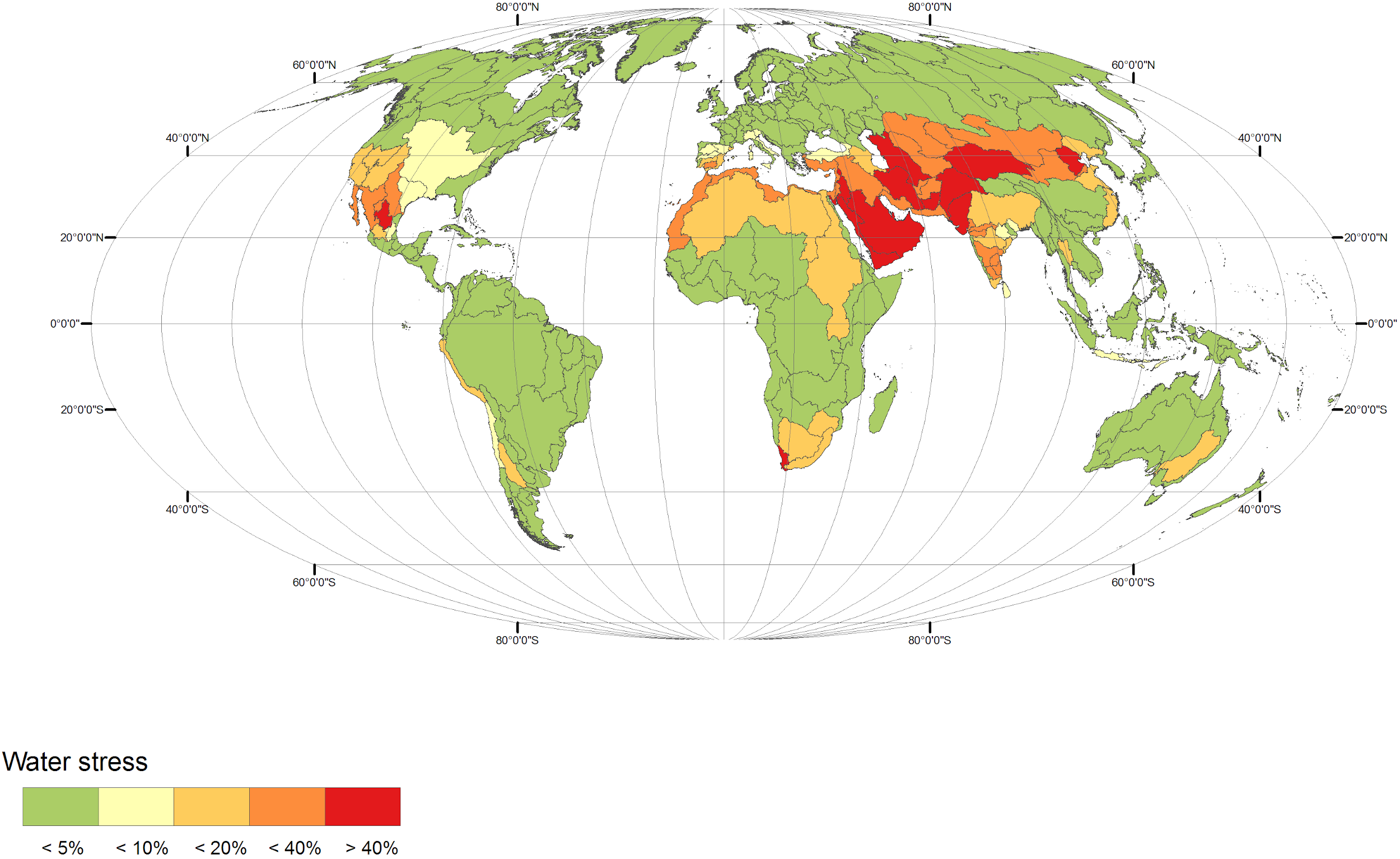
Figure 1: The map shows areas that are suffering from water scarcity; Hoogeveen et al. 2015. (Image credits: https://www.hydrol-earth-syst-sci.net/19/3829/2015/hess-19-3829-2015.pdf
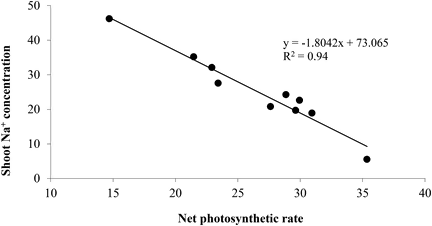
Figure 3: As sodium (Na+) ions levels rise, they cause salt stress and decrease the photosynthetic rate in sunflowers, Ashraf et al., 2017. (Image credits: https://doi.org/10.2166/wrd.2016.053)
+++++++++++++++++++
Key Plant Nutrients
Started by metmike - March 29, 2024, 12:53 p.m.
You can irrigate with a very diluted solution of sea water without doing much harm to most plants on a limited basis. Accumulation of the salt/sodium in the soil over time will poison the soils at some point if it continues.
When H2O is the lacking nutrient, very diluted sea water is beneficial on a short term basis.
In that diluted form, other nutrients in sea water will be even more diluted than their already diluted form. The main minerals used for growing crops already have extremely efficient methods for producing massive amounts of synthetic fertilizer that will NEVER run out.
The key is to make those fertilizers affordable and available and establish effective ways to apply them in the poor countries, especially on a commercial scale.
Nitrogen in the air, for instance (which is where we get almost all the N in synthetic fertilizers from a wonderful process using natural gas)…….which is most of it….has an unlimited supply. There's enough of it in the air to make a billion times more food/crops than we'll ever grow.
Its a waste of energy and resources to spend much effort on getting the nitrogen out of the ocean for fertilizing or improving soil productivity.
https://www.fertilizerseurope.com/fertilizers-in-europe/how-fertilizers-are-made/
https://en.wikipedia.org/wiki/Fertilizer
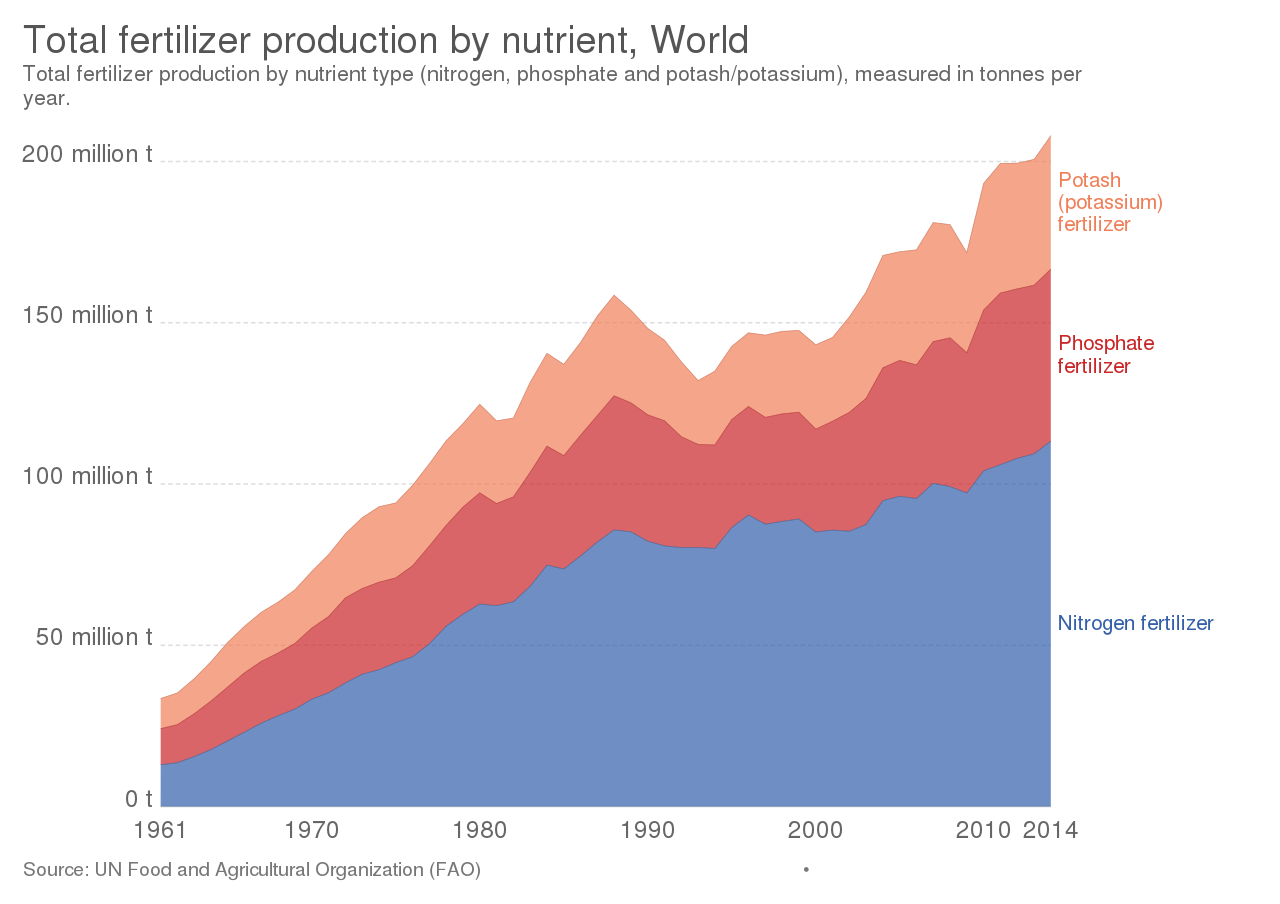
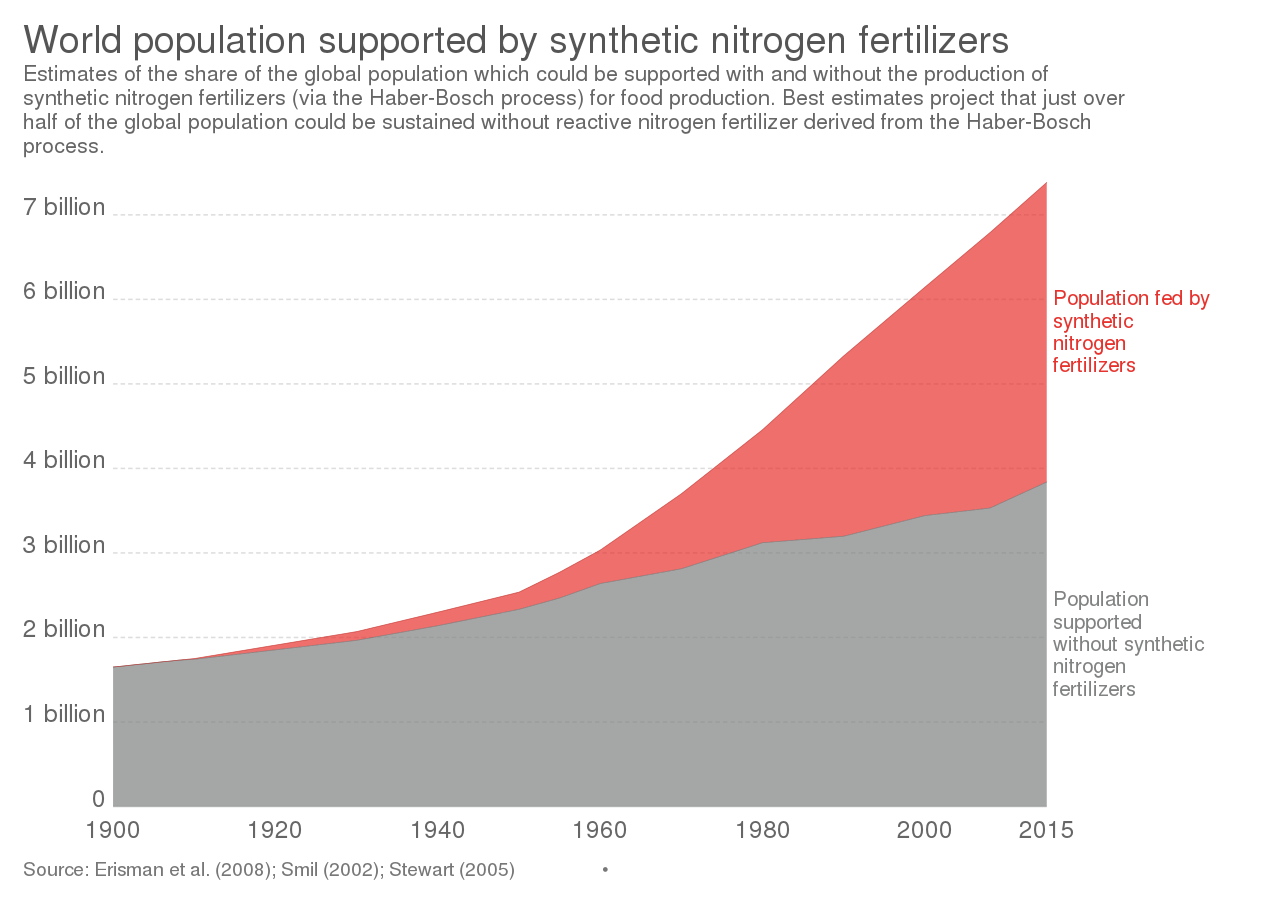
Anothersecret about fossil fuels: Haber Bosch process-fertilizers feeding the planet using natural gas-doubling food production/crop yields. September 2019
For the rest of this year, I'll be spending a great deal of time discussing the miracle of desalination, which takes the toxic salt out of the water and makes it viable for human consumption as well as for irrigation to produce food.
It's the only way for humanity to reverse the water crisis.
We can do it with the right technology. Currently the process is extraordinarily expensive because of the massive amounts of energy required.
My wife is partnering with several talented people and we're determined to find a revolutionary method to reduce the cost and make desalination much more efficient in order to apply that on a large enough scale to make a substantive difference around the world!
https://www.iberdrola.com/innovation/desalination
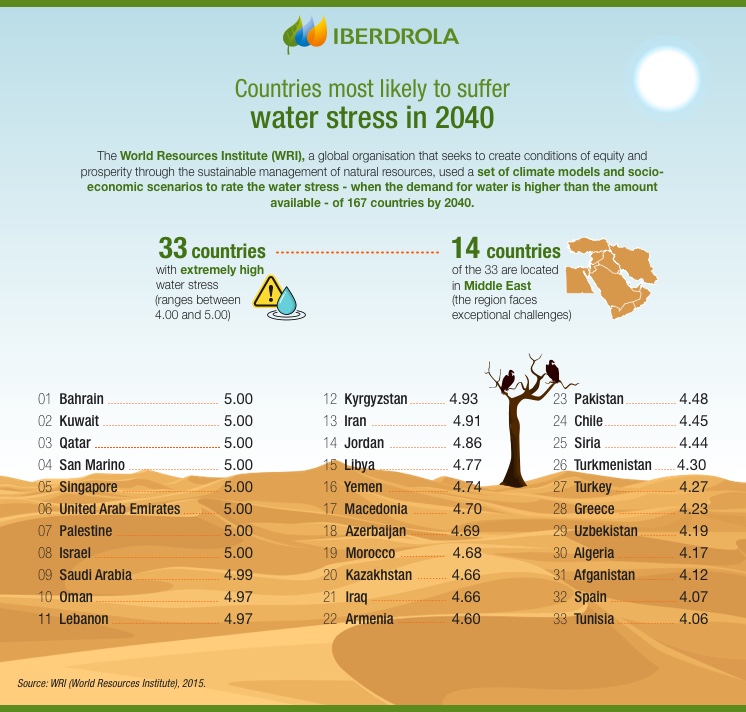 ++++++++++++
++++++++++++
https://www.e-education.psu.edu/earth111/node/709
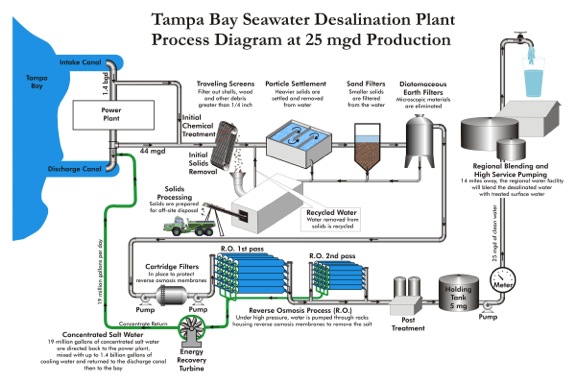
+++++++++++++++
The process of movement of solvent through a semipermeable membrane from the solution to the pure solvent by applying excess pressure on the solution side is called reverse osmosis.
Reverse osmosis is a membrane treatment process primarily used to separate dissolved solutes from water. Reverse osmosis is most commonly known for its use in drinking water purification, particularly with regard to removing salt and other effluent materials from water molecules.
https://byjus.com/chemistry/reverse-osmosis/
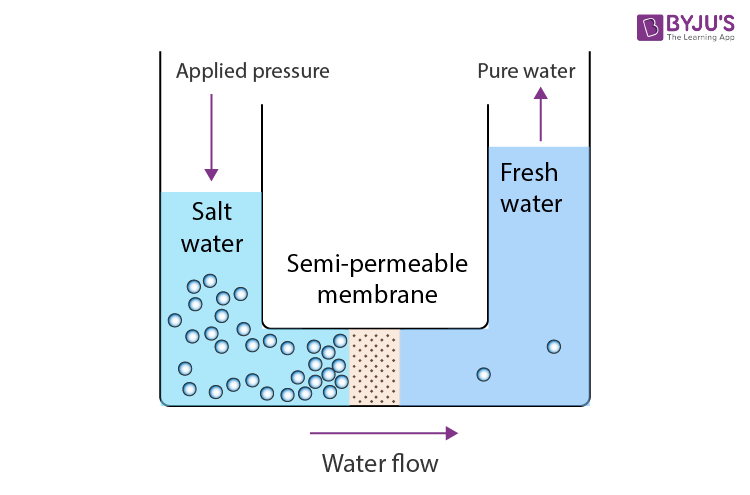
Founded in 1948 as a Jewish state, Israel had to find its own water. The country treats water as public property controlled by the state — there are no private water rights. Water policy is set by the Israel Water Authority, said Director-General Lifshitz, who met with the Utah delegation at a long table in a conference room in Jerusalem where he said “all the decisions are made.”
A nationalized water system contrasts markedly from Utah, where water is owned and allocated by water districts, water boards and commissions, individual water rights holders, cities, counties, the legislature, state agencies and the federal government.
The Sea of Galilee — known in Israel as Lake Kinneret — used to supply as much as 30% of Israel’s drinking water supply. It’s now less than 10% because Israel has dramatically expanded desalination, taking water from the Mediterranean Sea and extracting the salt to create drinking water. Roughly 85% of Israel’s drinking water is desalinated.
With five desalination plants across Israel and three more planned, the nation is leaning heavily into it. The country has a surplus of water now and sells some to Jordan and the Palestinian Authority.
“After four hours, you can use it in your house, you can drink the water, you can wash your clothes, you can cook with it, whatever you want to do,” Gutman said of desalinated water.
He showed Utah’s delegation around Mekorot’s wastewater reuse plant outside Tel Aviv. What’s flushed down the toilet or goes down the drain winds up at the plant, which processes water for roughly 3 million people. (Israel’s population is roughly 9 million.)
The treated wastewater is then used again.
“It goes down to the mid desert, hundreds of kilometers south to be used in the agriculture sector,” Gutman said.
The wastewater is used to water crops, which are then sold in markets across the country. Israel reclaims about 90% of its water and uses it for agriculture. Israel is the world’s top user of reclaimed water, according to Mekorot.
In Utah, some agricultural areas do use recycled water, but it is limited, according to the Utah Division of Water Resources.
“Think of ways to on the one hand to save water and to use the water wisely and use this treated sewage as another source of water,” Lifshitz said
+++++++++++++++
The Great Salt Lake water problem:
April 2023
https://wattsupwiththat.com/2023/04/01/the-great-salt-lake-losing-its-greatness/

Too many people using the water!


https://www.wcc.nrcs.usda.gov/ftpref/data/water/wcs/gis/maps/west_swepctnormal_update.pdf
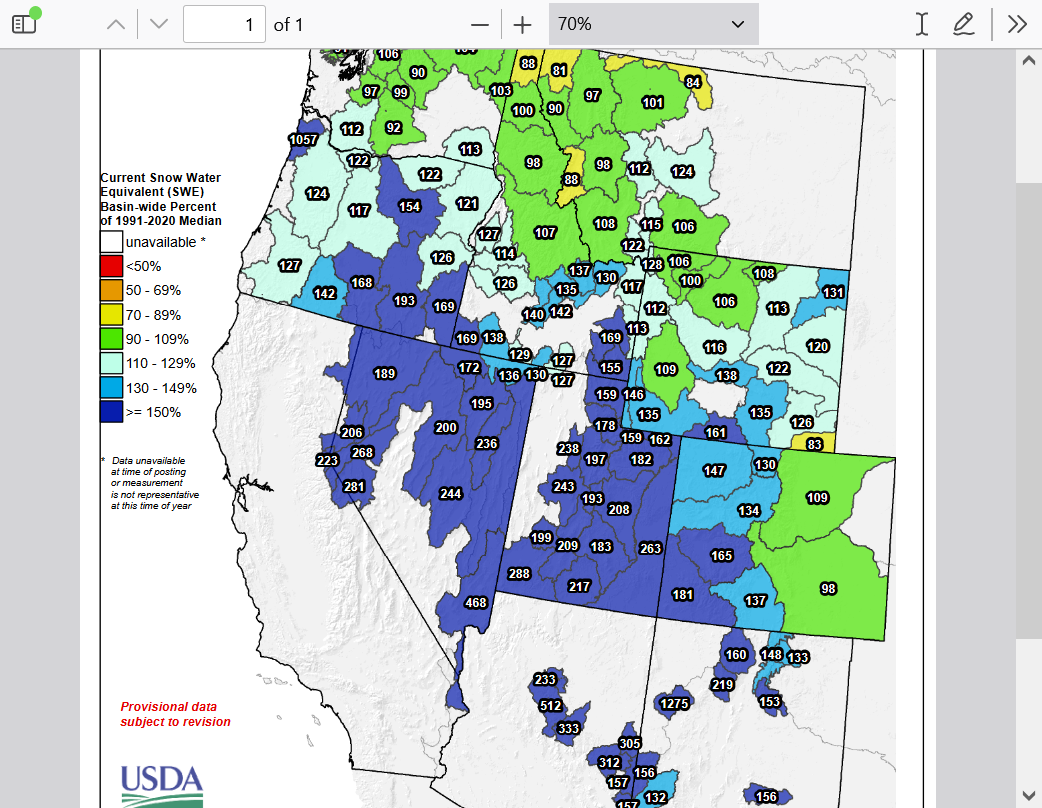
https://www.marketforum.com/forum/topic/83844/#83853
++++++++++++++++++++++++++
And how can we fix it?
https://www.utahbusiness.com/what-to-do-about-the-great-salt-lake-drying-up/
The Great Salt Lake is drying up, harming global ecosystems, diminishing Utah’s quality of life, and threatening human health. Toxic dust storms are now whipping up lakebed dust containing dangerous levels of cancer-causing arsenic and carrying it across the Wasatch Front.
Here’s the kicker: there is plenty of water available in the lake’s watershed to not only cover this toxic dust but to actually save the Great Salt Lake from drying up. But doing this requires letting river water flow into the lake without diverting it.
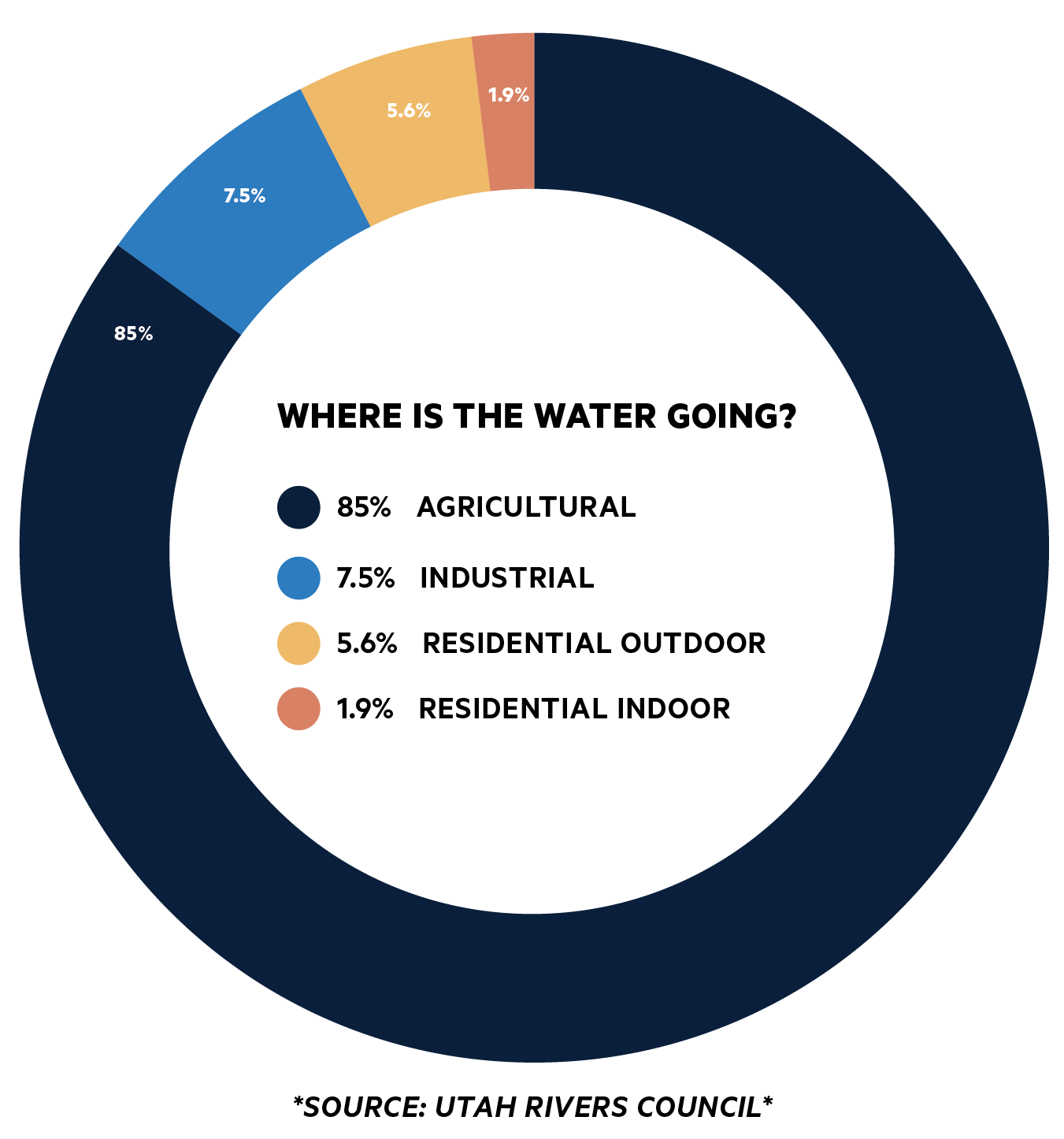
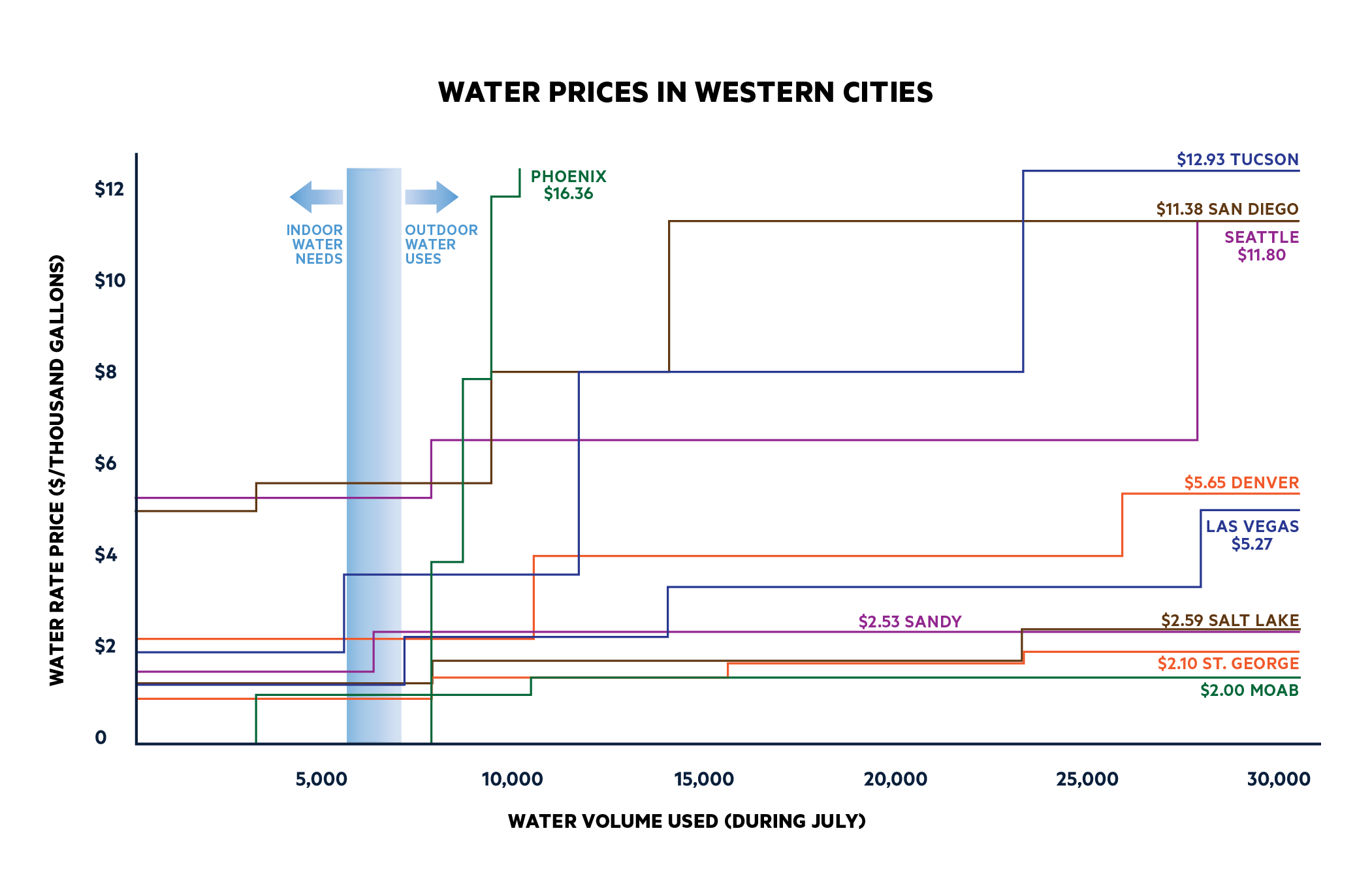
Even if major conservation efforts are made across the state, the Great Salt Lake will still be doomed if the state pulls the trigger on the $2.4 billion Bear River project, which would create as many as 30 reservoirs that siphon off 220,000 acre-feet of water to serve five water conservation districts, says Lynn de Freitas, director of the FRIENDS of Great Salt Lake, a nonprofit that has been trying to protect the lake for 20-plus years. The lake gets the lion’s share of its water from the Bear River.
++++++++++++++++
Added April 2024:
Precipitation has been over abundant for the West, including the Great Salt Lake the last 2 wet/snow seasons.
Next Winter (2024/2025) will feature a natural La Nina with expectations of much less precipitation.
By metmike - April 14, 2024, 6:12 a.m.
https://www.marketforum.com/forum/topic/92155/#103154
Thanks to the 2nd year of the natural El Nino, reservoirs in most of California are almost full!
Last year, they were overflowing! Most recent California reservoir status:
https://cdec.water.ca.gov/resapp/RescondMain
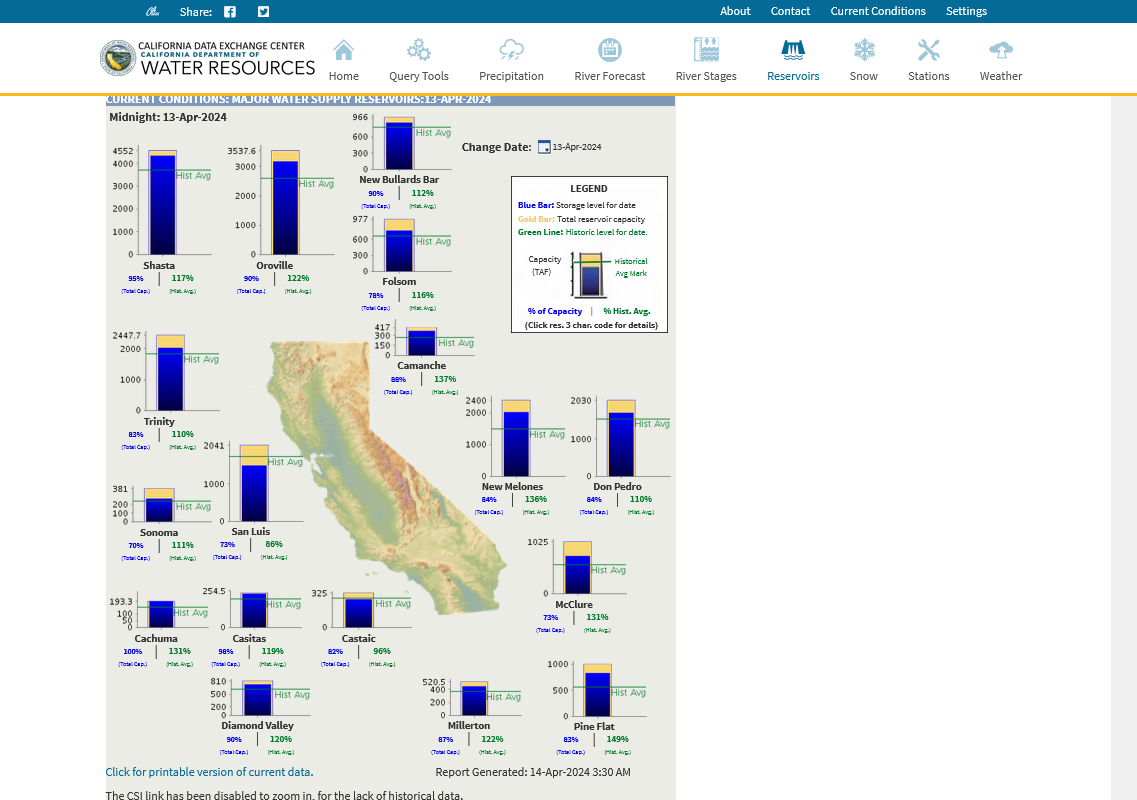
Snow water content the last 2 years has been abundant! Last years El Nino generated precip season is the thin blue line at the top of the graph below. Thick blue is this year, thru April 1, 2024.
https://cdec.water.ca.gov/snowapp/swcchart.action
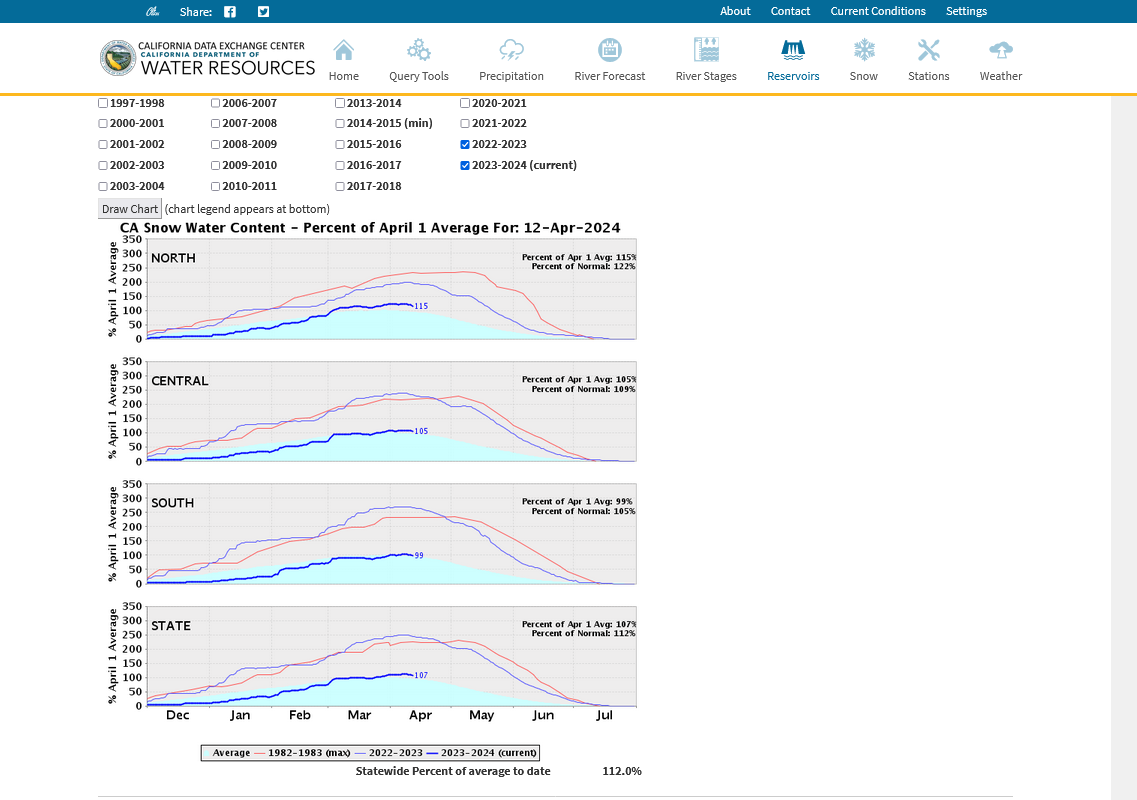
That abundant snowpack in the West extends to the east across the Central and Southern Rockies.
Recent El Nino driven storms have been a blessing for the West which relies on melting snow later this year for their water supply.
https://www.wcc.nrcs.usda.gov/ftpref/data/water/wcs/gis/maps/west_swepctnormal_update.pdf
Total snow for the season:
blob:https://nwcc-apps.sc.egov.usda.gov/c06abe2d-f5f3-416c-bf9b-55d0177bbc7d
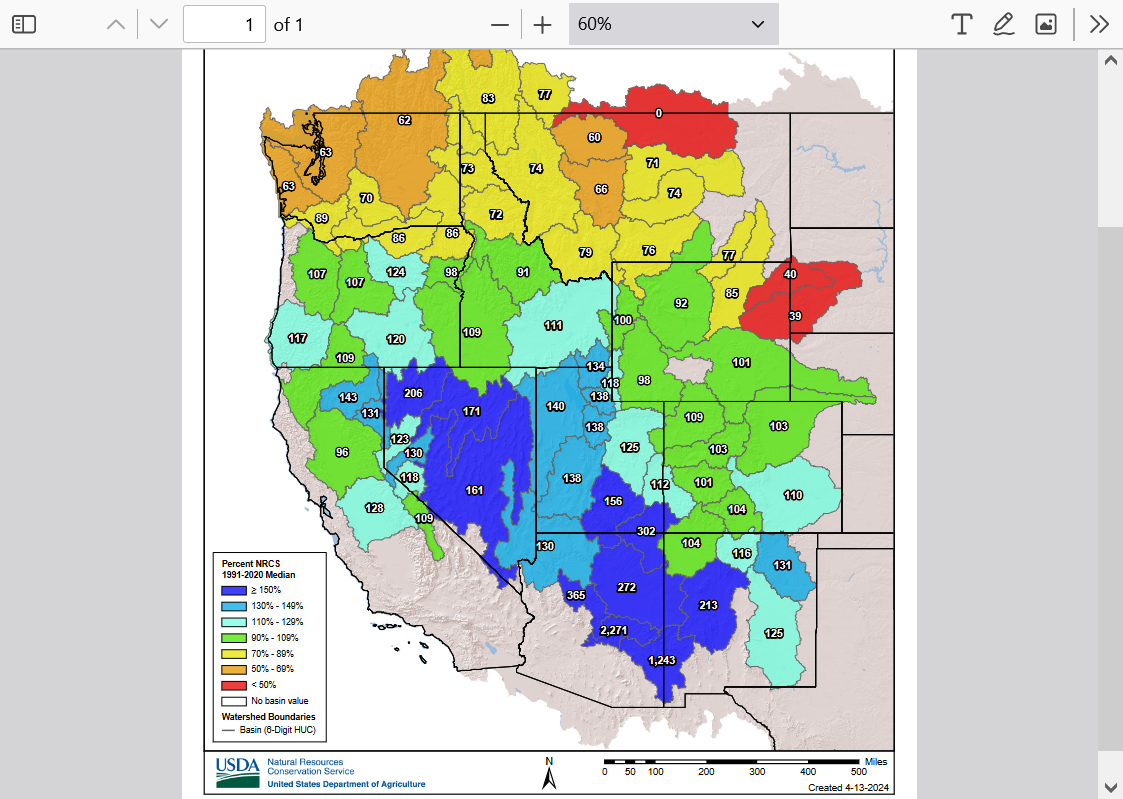
Last Winter's MASSIVE snowpack(April 2, 2023):
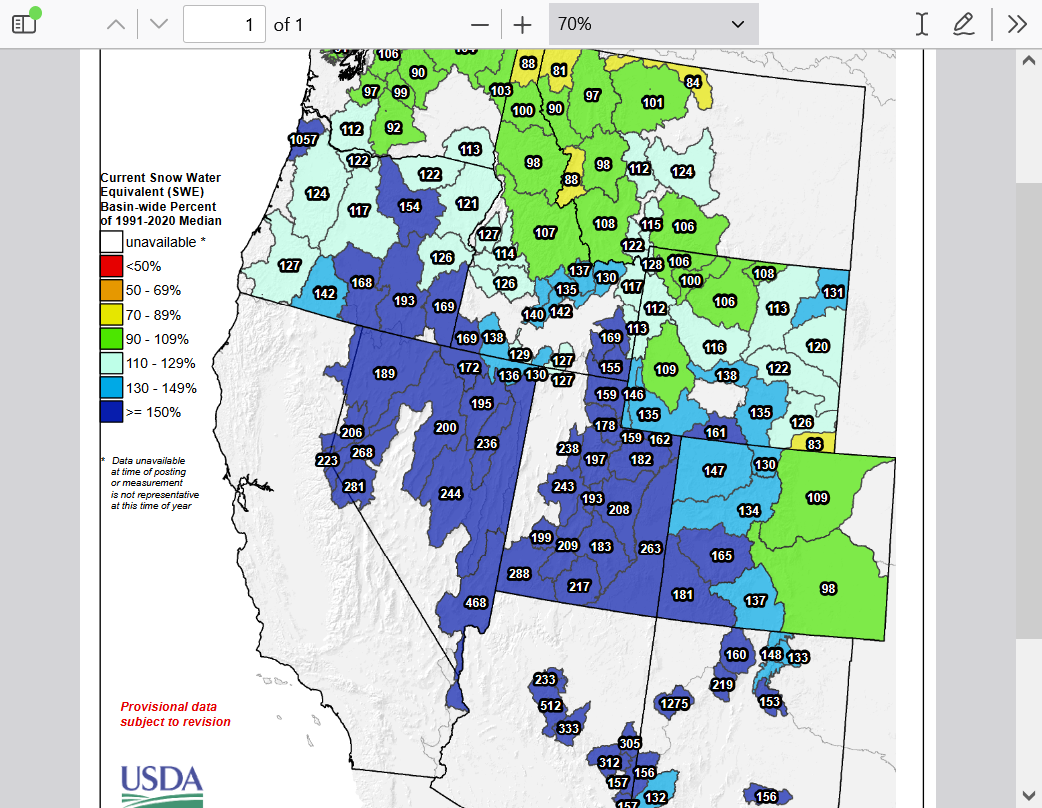
This means 2 consecutive Winter/Springs with wonderful moisture in the West/Southwest BECAUSE OF the natural El Nino.
80%+ chance of next year 2024/25 being a La Nina which suppresses atmospheric rivers. So next wet season is very unlikely to be the 3rd consecutive one with robust precipitation!
Dying El Nino! 4-10-24
Started by metmike - April 10, 2024, 10:30 p.m.
https://www.marketforum.com/forum/topic/103079/
Re: Re: Re: Dying El Nino! 4-10-24
By metmike - April 10, 2024, 10:52 p.m.
All the models pass quickly thru neutral to La Nina over the next several months.
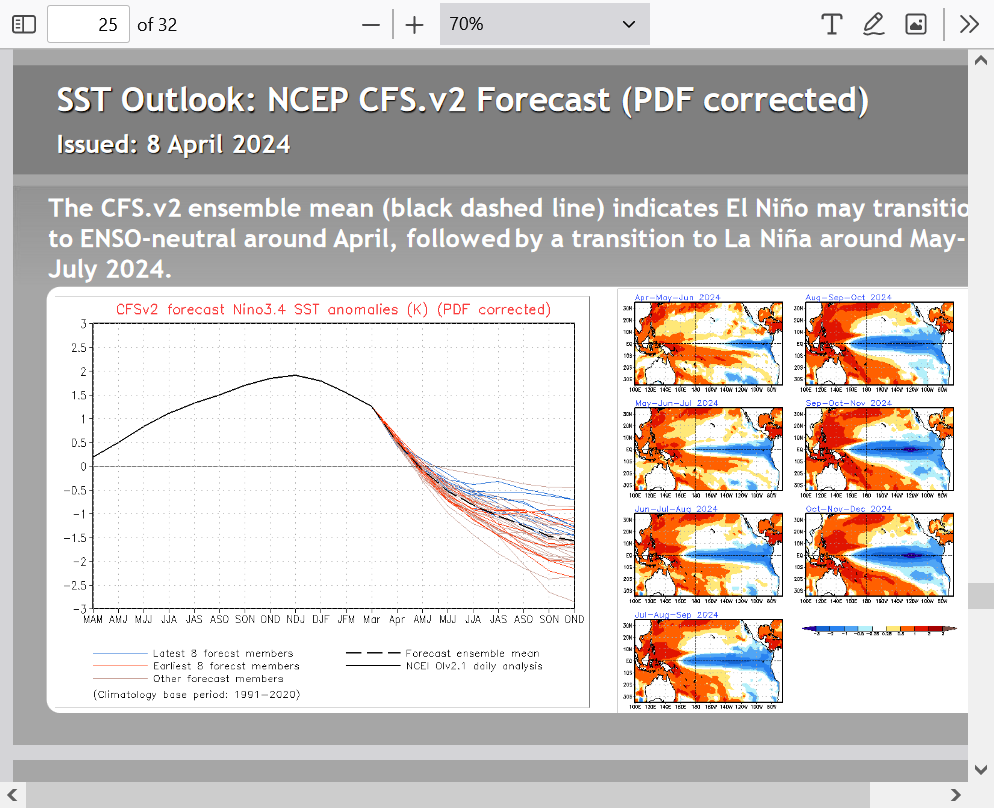
Here's how the La Nina and El Nino have impacted drought in the US since 2019. IT'S PROFOUND!
DROUGHT MONITOR
https://droughtmonitor.unl.edu/
Last week as of April 9, 2024-no drought in California from the El Nino
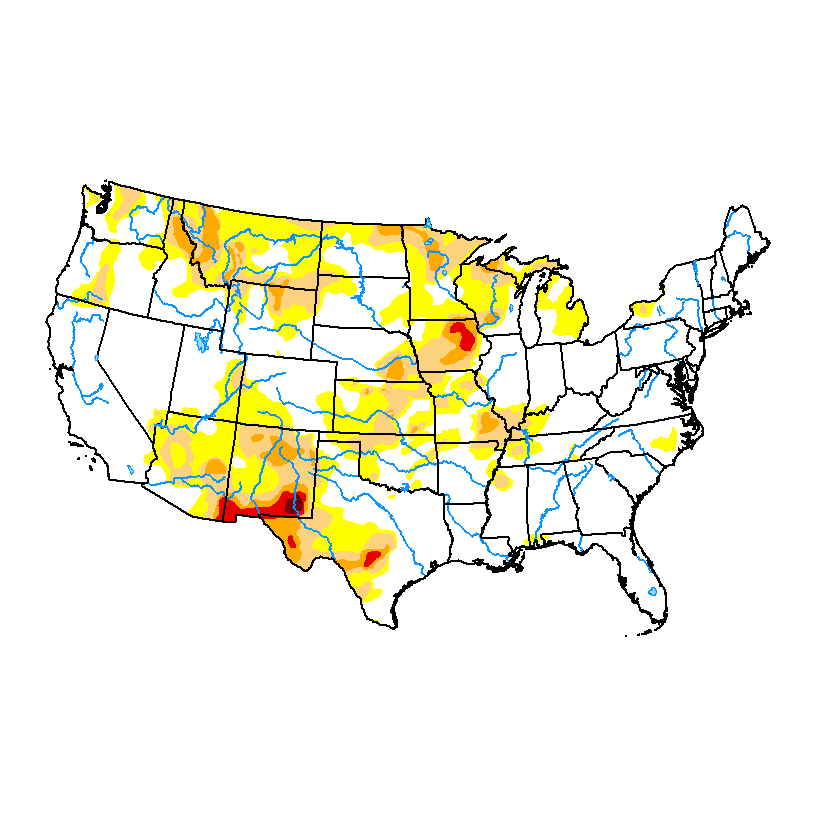
Last week as of March 12, 2024
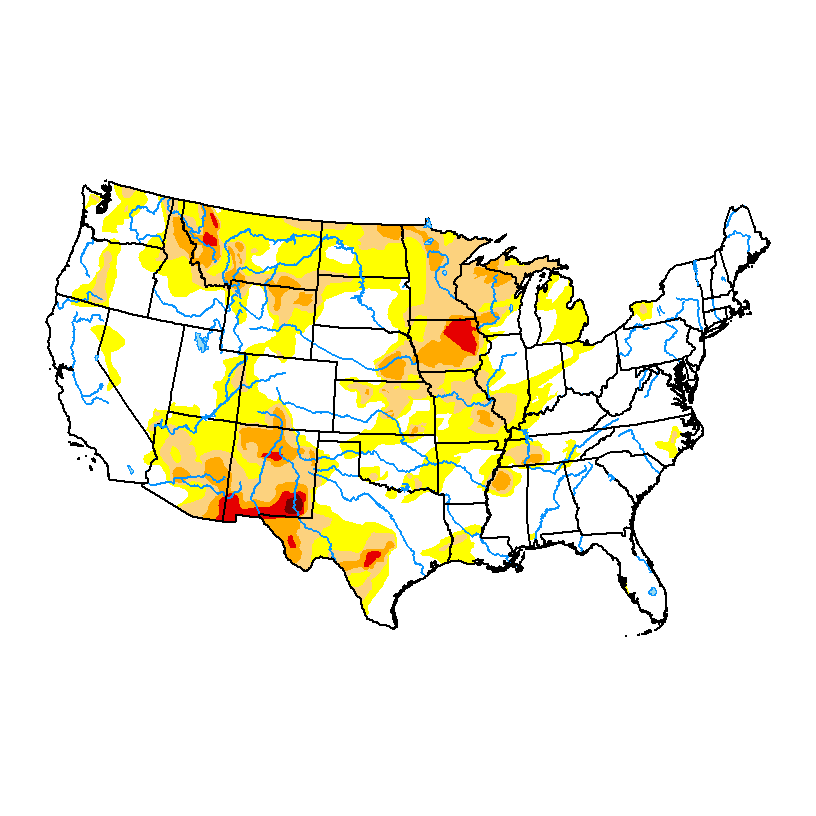
January 30, 2024 below
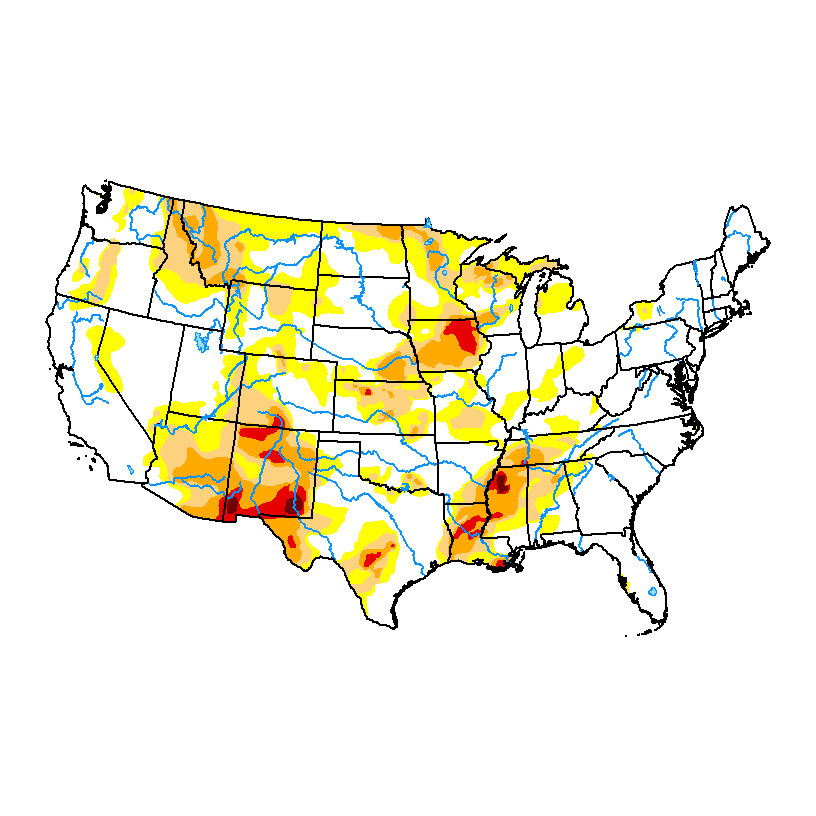
DECEMBER 12, 2023 below
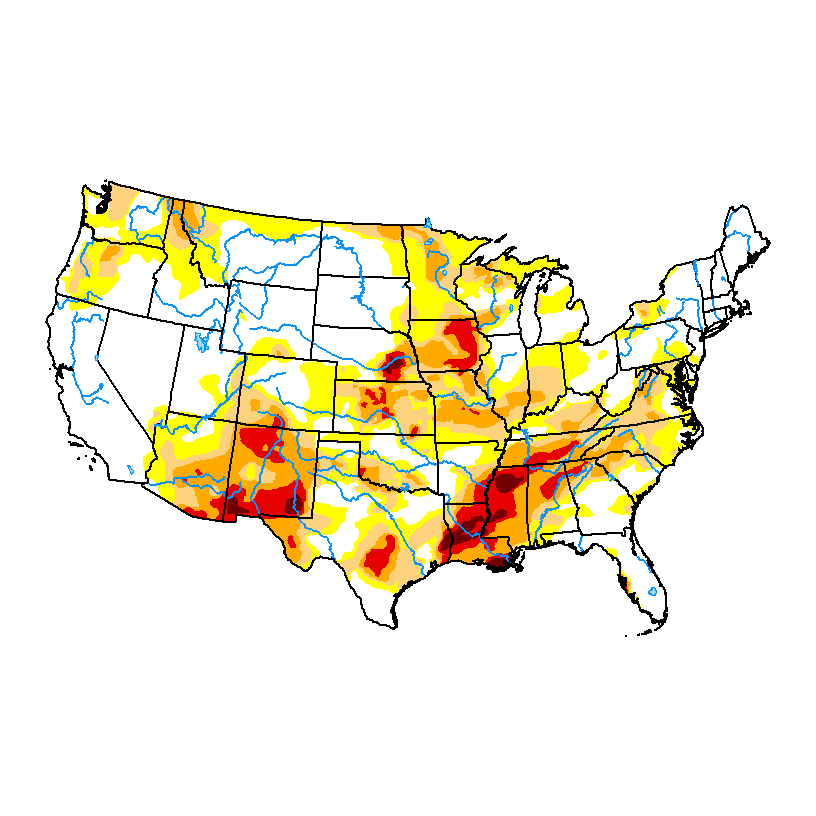
NOVEMBER 14, 2023
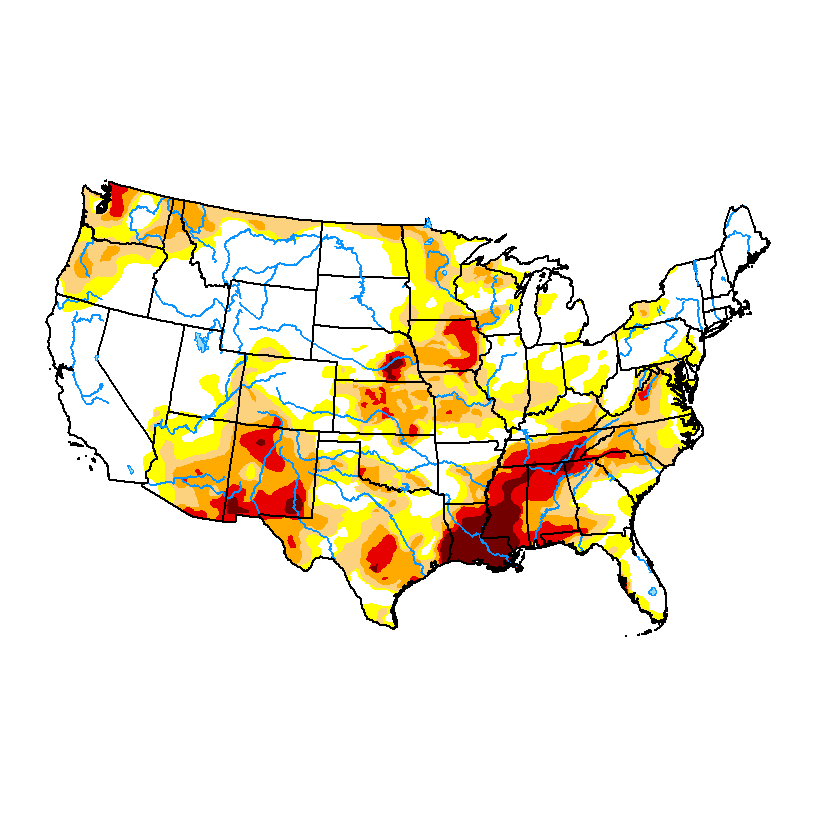
October 17, 2023
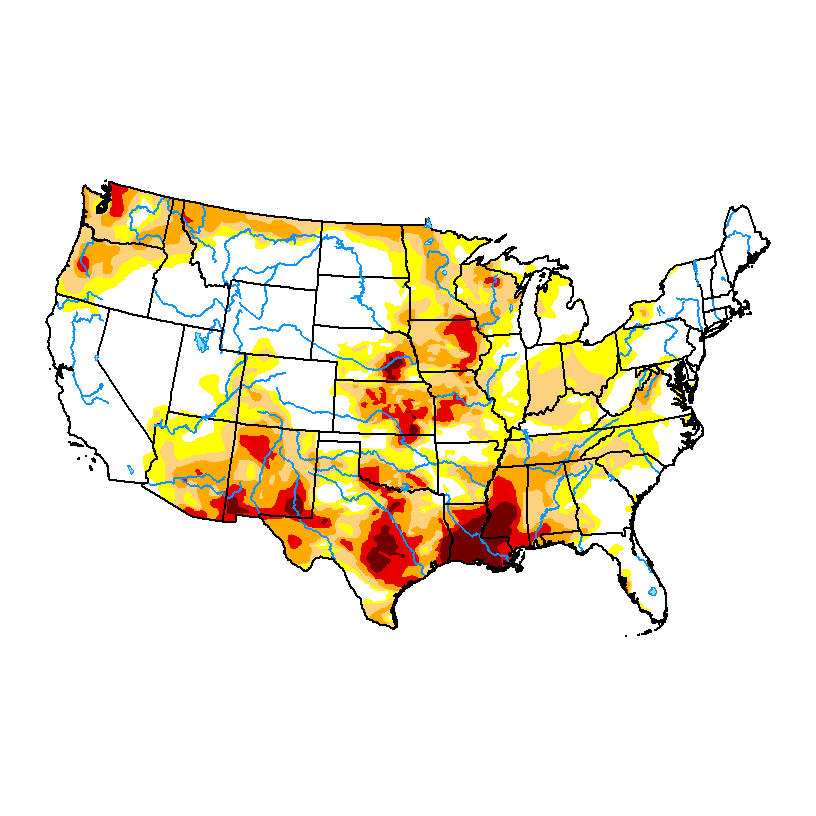
August, 2023, BELOW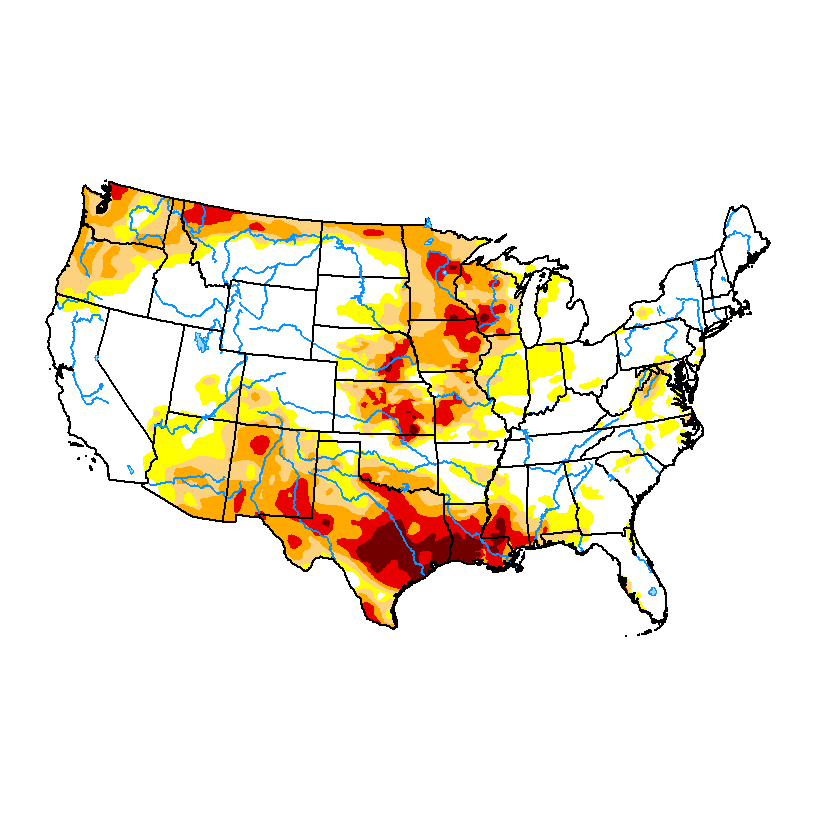
DROUGHT MONITOR NOVEMBER 1, 2022-After a long lived La Nina-BEFORE EL NINO wiped out much of the drought.
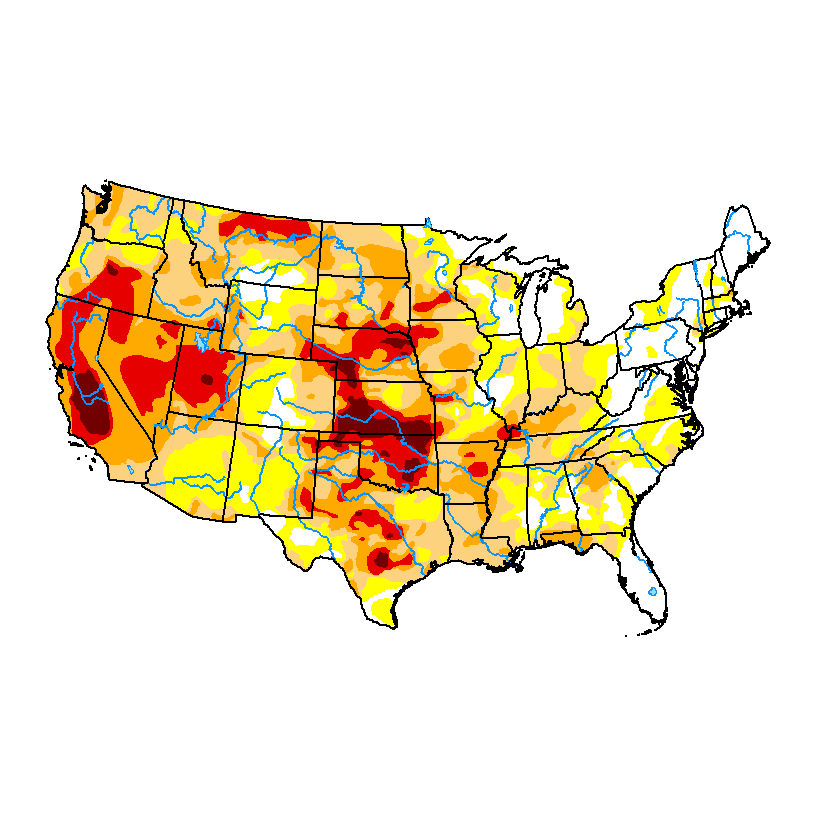
Drought monitor previous years: You can see the natural La Niña, (cold water-in the tropical Pacific)causing the drought! Starting in 2020, then worsening for 2+ years!
+++++++++++++++
Soilmoisture anomaly:
These maps sometimes take a day to catch up to incorporate the latest data(the bottom map is only updated once a week).
https://www.cpc.ncep.noaa.gov/products/Soilmst_Monitoring/US/Soilmst/Soilmst.shtml#
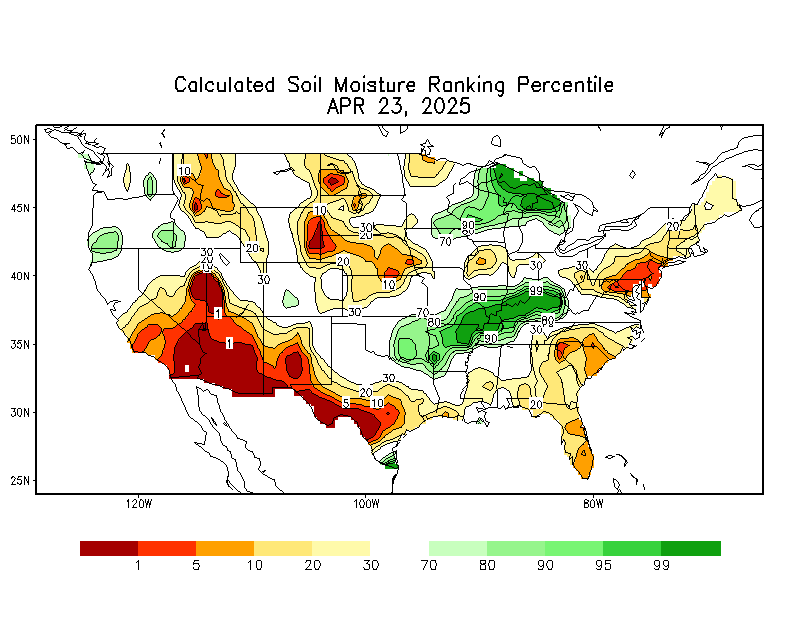
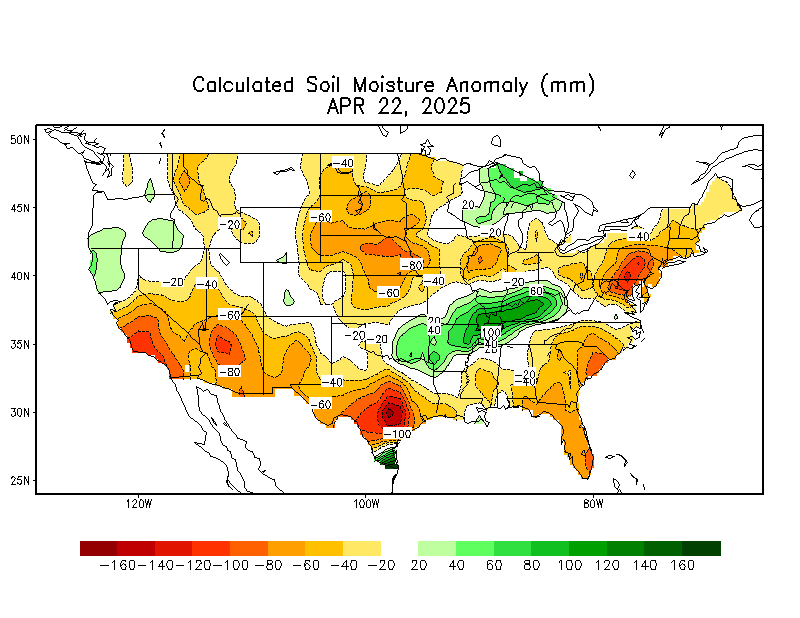
With 1372 references!!!!
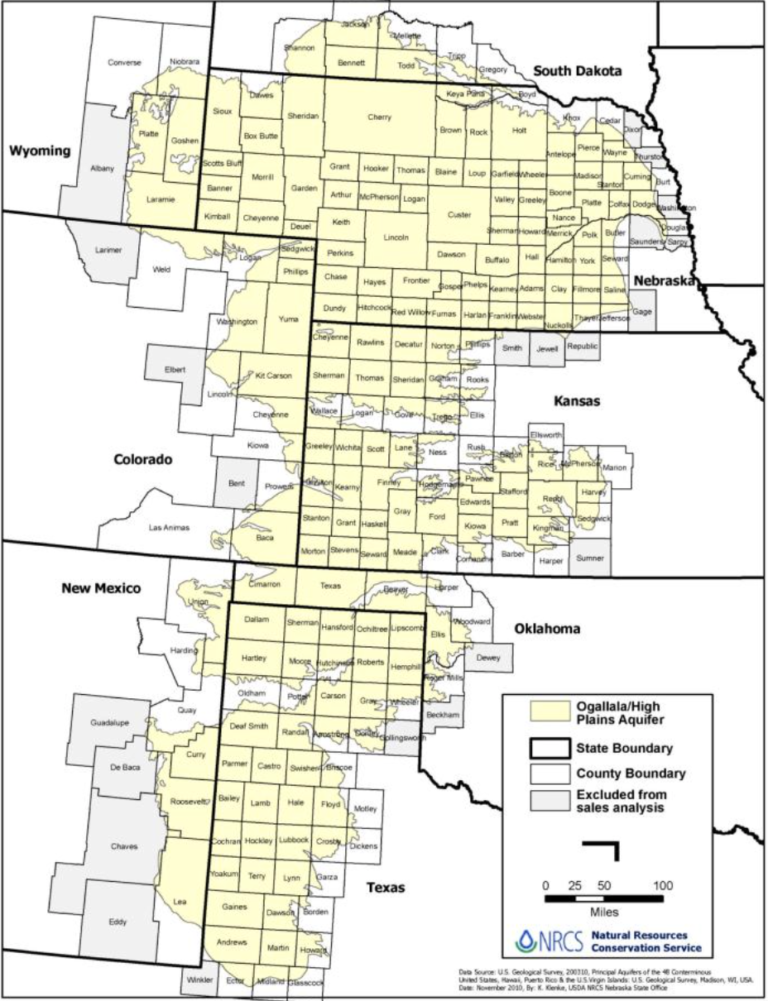
+++++++++++++++++++++++++++++++++++++++++++++++++++++
